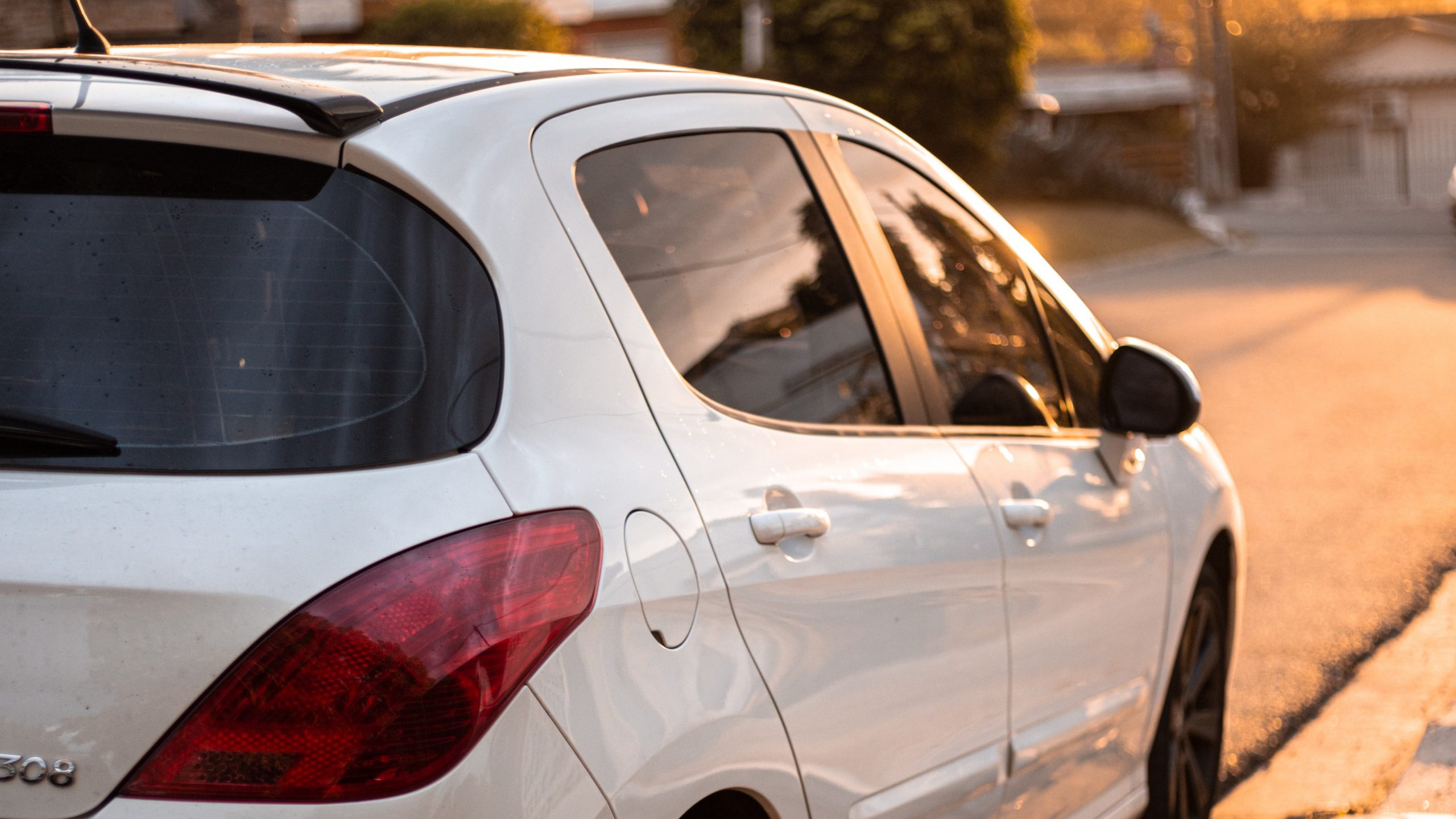How generational wealth disparities influence transportation access
Wherever you went today, from work to dropping the kids off at school or even picking up milk at the supermarket, your socioeconomic status got you there.
This is a radical thought at first glance. But the resources available to us are ultimately what influence the decisions we make on a day-to-day basis.
Those resources, in turn, are determined by what we have at our disposal to acquire, maintain and retain them. What we have at our disposal is largely determined by where we began in life, and how much room we had to progress beyond that point, a phenomenon known as “social mobility.” Realistically, this thought exercise can go on and on.
We are particularly privileged to live in a city where creativity is abundant, powerful ideas flow, government is forward-looking, and new public and private investments have changed the landscape. But problems persist in the Mid-South, hitting many citizens harder than others, and cutting across complex and deep-seated historical inequities and injustices.
As organizers of the Rides to Wellness initiative powered by 901RideChoice, it is of acute concern to us where elderly, low-income Memphians can go and how they can be transported based on their resources, particularly when it comes to the healthcare they receive. But to understand the problem at the micro level, we need to grasp transportation access disparities at a bird’s eye view.
Just shy of 30% of the general population in Memphis, as well as a staggering 47% of children, live at or below the poverty line. Urban sprawl and disconnected public transportation frustrate the ability of many Memphians to use the resources they do have to get where they need to go.
In 2020, the Urban Institute pointed to broader challenges in urban transportation in America, describing the existence of a “spatial mismatch,” where transport saturation is inversely correlated with neighborhoods where a higher-than-average share of low-income residents live. Put another way, the less financial wherewithal you have, the harder it will be for you to access the transportation you need – even putting to the side whether you can afford to purchase and maintain a private automobile, or use rideshare services.
This imbalance cuts harshly across class and ethnic lines, and is closely associated with racist community histories, redlining and segregation. And research, as noted in a study led by Harvard University economists in 2018, leaves no doubt that geographic mobility is closely interlinked with, and arguably dependent on, socioeconomic mobility.
Other limitations, ones like time, exacerbate such situations at the individual or family level. For example, in Memphis, the Rides to Wellness program provides a free-of-charge, personal travel solution to elderly, economically disadvantaged residents, whose families cannot take them to see medical providers, and who need a way to get to and from appointments. Relying on public transportation, assuming a senior citizen can walk between stops and final destinations on their own, would not be feasible when the senior needs to see a doctor right away or at a consistent cadence. They may also need to tailor their ability to attend appointments to bus or other schedules, putting up another barrier.

Unfortunately, spatial mismatches exist in some form in almost every city. There is an urgency to reimagining, if not expanding public transportation, with the potential for less pollution, road-related fatalities, and even social isolation that comes with it.
But creating more transportation options, beyond city buses or more app-based ridesharing cars, will go even further in reducing generational wealth disparities that impact life chances. This includes less barriers for accessing both preventative and responsive care for medical conditions, which can result in missed appointments, delayed medication use and destructive outcomes.
A wider variety of choices are essential for creating better experiences for everyone, particularly among population groups and concerns that too often find themselves forgotten.
Despite being proud of playing a role in the solution, we won’t claim to have the “silver bullet” answer. Instead, continued attention and ongoing conversations on transportation will yield new ideas that have the power to transform the lives of the most vulnerable in Memphis.
Courtney McNeal is the Strategic Partnerships Manager at Innovate Memphis. Her work enables her to focus on social equity while helping the people of her hometown.

